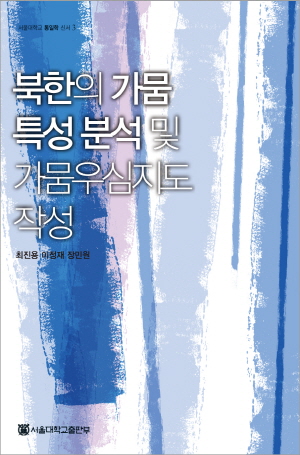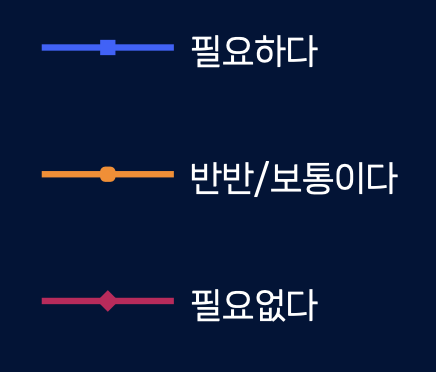Analysis of Drought Characteristics and Preparation of Potential Drought Hazard Maps in North Korea (in Korean)

Seoul National University New Unification Studies – 3
Authors: Choi Jin-young, Chang Min-Won, Choi Jin-Yong. Seoul National University Press.
Book Introduction
Drought is caused by temporal and spatial imbalances in precipitation. Recent climate changes have caused more frequent occurrence of natural disasters such as droughts than in the past. Droughts occur gradually, but in areas where agricultural infrastructure is weak or where water resources are scarce, agriculture will be directly affected. This is especially so in the case of Korea – if there is a drought in spring or autumn, when crops are harvested or planted, it will directly hurt agricultural production.
Drought characteristics in our country cause North Koreans, whose infrastructure is particularly weak, to suffer economically and socially. North Korea is one of the world’s most vulnerable countries to drought, with less water resources than South Korea and a poor irrigation system to supply water to crops. In the event of a drought, this means fatal damage to agricultural production.
North Korea has suffered from hunger since the 1990s into the 2000s as the climate alternated between floods and drought. Many North Koreans are still waiting for food aid from South Korea and other global private organizations such as the World Food Program.
Therefore, a foundational technical approach is needed to solve the food shortage caused by natural disasters such as floods and droughts. Seoul National University’s Institute of Unification Studies and the Korea Rural Community Corporation have steadily cooperated to perform research which can identify the current state of North Korea’s agricultural production base and its agricultural water use system. In this way, we can prepare for the improvement of North Korea’s agricultural production infrastructure projects and future cooperation projects.
However, despite mounting food shortages in North Korea due to severe natural disasters such as drought and floods, in-depth analysis and research on these disasters have been poor. Due to the lack of systematic investigation and analysis of drought risks in North Korea, there is a lack of infrastructure and information needed to improve the country’s drought vulnerability. Therefore, the authors think it is very meaningful to carry out the research presented in “An Analysis of Drought Characteristics and Preparation of Drought Maps in North Korea”, which has been supported by Seoul National University’s Institute for National Unification.
First of all, I would like to thank the director and officials of the Institute for Unification Studies at Seoul National University for providing the research funds to carry out the research and for allowing the research results to be seen as a new book on unification studies. Secondly, I would also like to thank Professor Jang Min-won of the Department of Regional Transitional Science and Technology at Gyeongsang National University, Professor Lee Jung-jae of the Department of Regional System Engineering at the Department of Agriculture and Life Sciences at Seoul National University, and graduate students Yoo Seung-hwan, Nam Won-ho and Lee Je-myung of the Regional System and Structural Engineering Group at the Integrated Research Center for Regional System Engineering. I am really pleased have led this project, and that this research has allowed me to reach out to North Korea and many people interested in drought as a new general in the book of unification studies. Though it is still lacking, I hope this book will help us understand the problem of drought in North Korea.


















